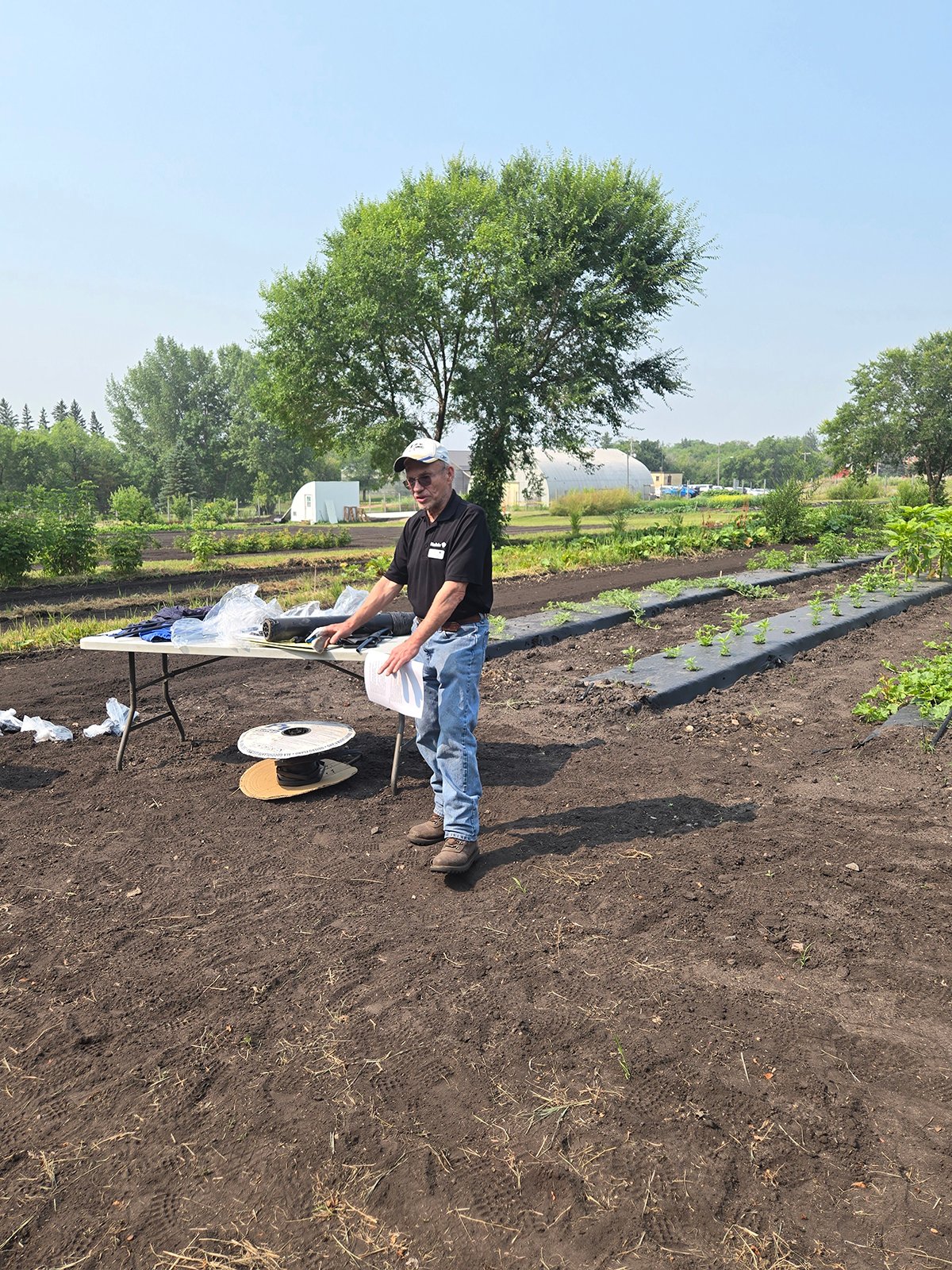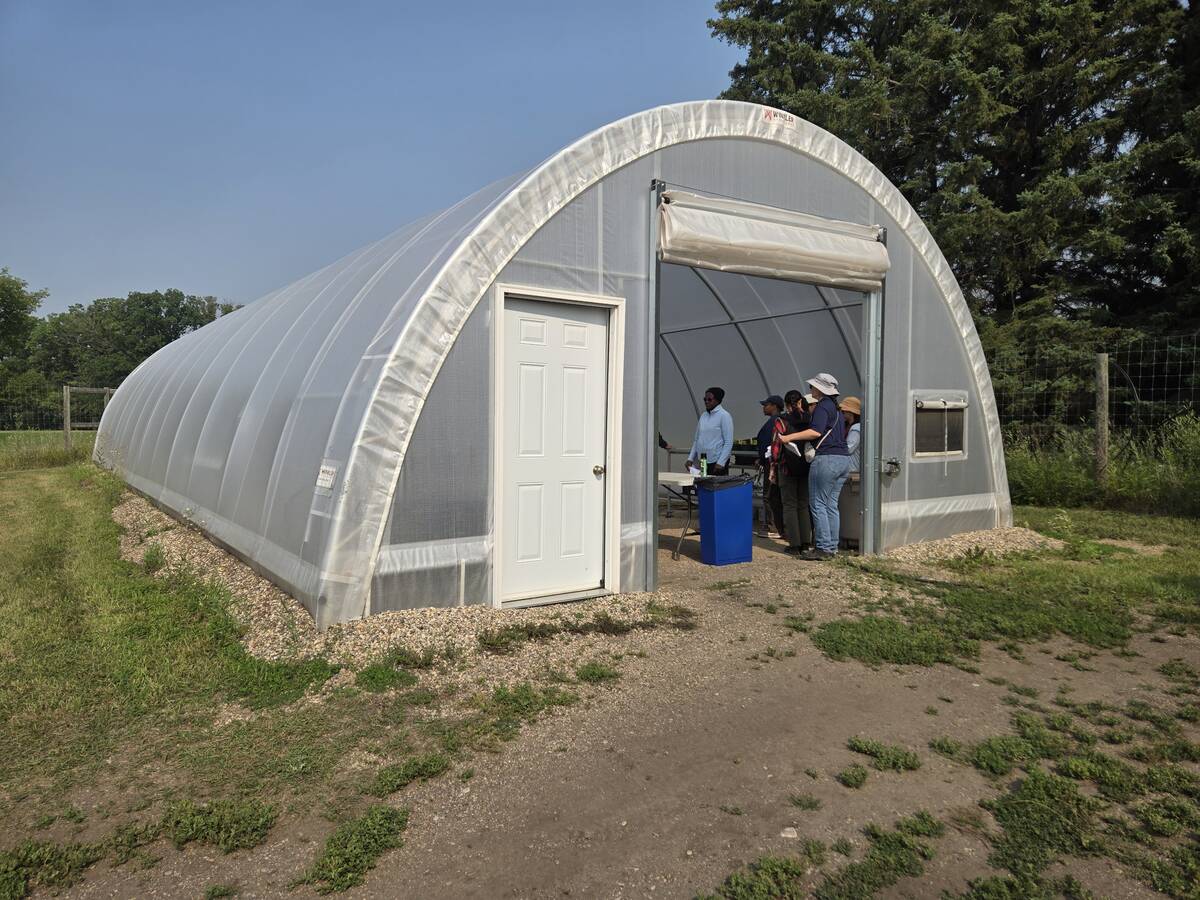Glacier FarmMedia – Brandon’s Assiniboine College has some research ideas that it hopes will raise the bar for the horticulture sector.
That includes ideas to make the sector more adaptable for the Prairies’ winter-heavy northern conditions, such as how high tunnels might help vegetable growers kick off their operations earlier in spring and deeper into the fall.
Another project is looking for peat moss alternatives that could be blended in to make the precious natural resource go farther.
Read Also

Feds propose overhaul of chronic wasting disease control program
Chronic Wasting disease control program getting updated by Canadian Food Inspection Agency with feedback encouraged from producers.
The college’s long list of horticultural research and other horticultural production ideas, such as raised vegetable beds, were on display during this year’s Horticulture School late last month.
Raised beds aren’t just for the casual backyard gardener, according to one horticultural expert.
Tom Gonsalves, vegetable crop specialist with Manitoba Agriculture, outlined his work exploring the practice to boost crop yield and quality for some vegetable crops.
“We did trials in Portage (la Prairie) … where we evaluated raised bed versus non-raised bed production. We did it over a number of years, depending on the crop,” Gonsalves said.
It hasn’t been a winner for all crops. Tomatoes, for example, didn’t see an advantage. Others, such as squashes, zucchini, carrots and peppers, reaped noticeable yield bumps.
His work at Agriculture Canada’s research centre in Portage la Prairie, Man., suggests that a four-foot-high bed between 30 and 36 inches wide yielded the best results, though ideal height and bed width depend on soil type, crop type and the type of machinery that is being used to work the soil.
The idea is to get a head start on spring. Soil on raised beds warms more quickly, which can offer producers an extended growing season.
Water drainage is also optimized in raised beds. Extra water drains away more easily from the top four to eight inches of a plant’s roots, depending on the height of the raised bed.
Producers can also opt to use plastic sheet mulch on raised beds, including biodegradable or non-biodegradable mulch, which helps limit both mechanical weed control and pesticide use.
Raised beds also lead to improved root growth, reduced compaction and more oxygen in the soil, Gonsalves said.
High tunnels are another method being explored to grow crops longer without the expense of a full greenhouse.
Anthony Mintenko, a provincial fruit crop specialist with Manitoba Agriculture, and Sajjad Rao, a researcher and professor at Assiniboine College, have been growing fruit and vegetables in a high tunnel at the college’s North Hill Campus site. They’ve documented noticeable benefits, including less disease issues with fruit and better quality compared to field-grown fruit along with the expected extended growing season.
“There’s less disease issues with fruit rot, especially with the strawberries,” Mintenko said.
Mintenko has also been able to prevent spider mites by buying predatory mites that prey on spider mites as biological insecticides.
“By doing that, we’ve eliminated needing any kind of spray for spider mites,” he said.
The high tunnel also offers climate control. Even at temperatures of -37 C outside the high tunnel, temperatures inside didn’t dip below -10 C.
Horticulturalists who make use of high tunnels can seed or transplant their fruit and vegetable plants earlier and push harvest later.

“You’re getting a jump three weeks before the field,” Mintenko said.
“We’re harvesting through October no problem, sometimes into November.”
Berry plants can even over-winter in high tunnels without being killed off, Mintenko added.
The research in peat alternatives hopes to stretch out use of the common but slow-to-restore growth medium and soil improvement additive.
Around 59,000 acres of peat land have been drained for use in Canadian horticulture, with 35,000 under active extraction, according to Poonam Singh, a professor and researcher at the college’s Russ Edwards School of Agriculture and Environment at Brandon’s Assiniboine College. Canada is now one of the largest global peat producers, sourcing the material from sphagnum moss.
Materials sycg as compost, coconut derivatives and biochar are all being explored to see how much of those substitutes can be added while still taking advantage of peat’s water-holding capacity, root-promoting aeration and other traits.
Other possible peat substitutes shown at the Horticulture School included hemp products, cattails, wood products, wool fibre and insect frass and vermicompost (worm castings).
“There are so many other materials that have potential,” Singh said.
“I’m amazed to see how many people use local materials.”
















